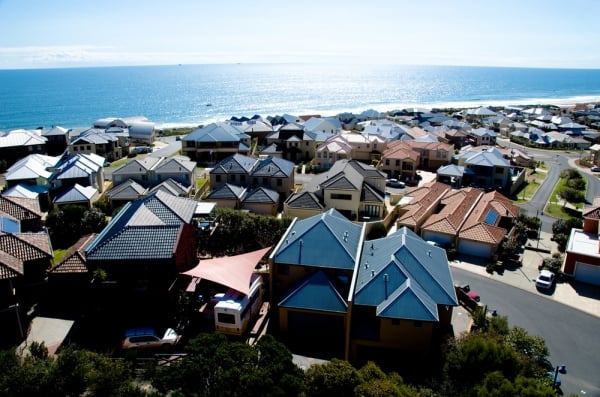Generally speaking a professionally installed metal roof can last up to 50 years and requires less maintenance than other roof types. To keep your roof in top condition there are a few basic tips to help maintain the condition of your roof.
Regular Inspection
A regular inspection of your roof to make sure that your gutters are free from leaves and debris as this will ensure there is proper drainage which will help to avoid any pooling of water in gutters and valleys.
It’s also a good idea to check the roof for damage if you have experienced severe weather conditions. Any sign of a loose or damaged roofing sheet you should contact the team at ARC Metal Roofing who will be able to assist you.
Avoid Other Metals
When different types of metal come into contact with each other the chances of corrosion becomes much higher. As an example, a copper pipe touching a steel roof will cause corrosion when they become wet.
It’s important to keep all other kinds of metal separate on your roof.
If you ever need to work on your roof, the same rule applies. Always use the same type of material as your roof when doing repairs.
Using different types of metal can lead to chemical reactions that will lead to corrosion.
Repair Work
Any sign of damaged sheets on your roof you should contact your metal roof installer. If the damage to the sheet is substantial it is recommended that you have the sheet replaced.
The sooner you have the roof inspected and repaired by a professional roofing company the better.
For minor damage such as scratching, it is recommended not to touch it up with paint. Minor scratching does not affect the life of the sheet.
Avoid the urge to touch up with a spray can as this will most likely lead to over spraying of the roof in surrounding areas.
Paints from spray cans weather at different rates to that of your oven baked paint on your COLORBOND® steel roof and will leave you with and unsightly blemish on your roof.
Use Caution
It is normally OK to access a roof made from COLORBOND® steel, but you should always take the necessary height and safety precautions.
BlueScope recommend that you wear soft rubber soled shoes and take into account the manufacturer’s recommendation on where you should place your feet when walking on the roof as you can damage the formation of the sheets.
Not all roofs are designed to be walked on. Some roofs are ‘Non Trafficable” which means that they are not designed for traffic.
Generally if a roof is non-trafficable it should be noted on your house plans.
Always use common sense, if you are not sure if you should be walking on your roof, treat it as a non-trafficable area until you can confirm otherwise.

